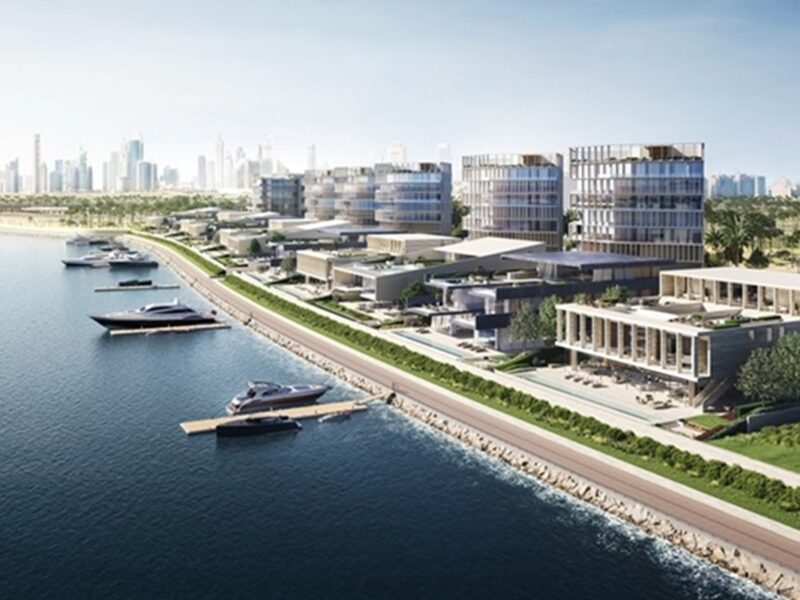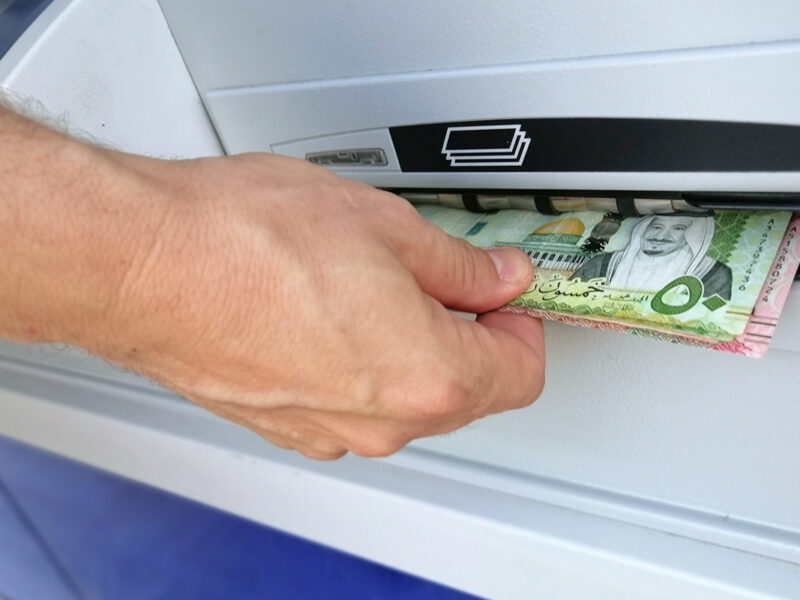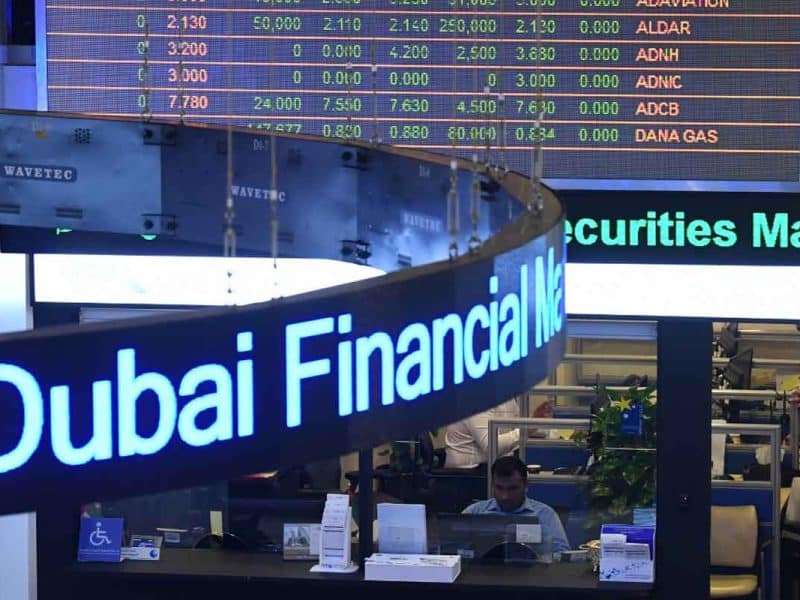Real estate remains a significant wealth preservation asset class for Middle Eastern investors, according to the Knight Frank Wealth Report 2019.
Ultra high net worth individuals (UHNWIs) based in the Gulf region, who have been long-standing players in global real estate markets, have intensified their appetite for global geographic diversification recently due to the continued strength of the US dollar, Knight Frank said.
Data from its Attitudes Survey showed that 29 percent of Middle Eastern UHNWIs increased their exposure to property in 2018.
Knight Frank Middle East’s Wealth Intelligence team also noted that at the end of 2018, there was an estimated $6.2 billion looking to be invested into commercial property alone, with a significant amount targeting the UK.
London remains the top target, followed by other European cities, such as Berlin.
Knight Frank added: “This is driven by stability, transparency, liquidity, good returns and cost of debt.In terms of sectors, office and hospitality remain preferred segments. However, following global trends and opportunities, there is an increasing enthusiasm and consideration for more specialist sectors, such as healthcare, education and the private rented sector.”
The report also highlighted that in line with global trends, generational transition remains a challenge in the Middle East with just 7 percent of billionaire businesses surviving to their fourth generation, and only 2 percent to their fifth.
Knight Frank Middle East’s Wealth Intelligence team has identified 1,300 family businesses across the region.
As a result, Middle Eastern families are increasingly turning their attention to generational planning to preserve the passage of wealth. One consequence of this is that investment is increasingly outward looking.
“Volatile oil revenues, regulatory changes such as VAT, geopolitical uncertainty and government investigations remain a key driver of outbound flows,” Knight Frank noted.
The spread of private wealth across the Middle East region is centred on the major Gulf states, with Saudi Arabia taking the top spot, followed by the UAE, Kuwait, Qatar, Oman and Bahrain.
While oil income boosts government revenues, the two biggest sources of wealth for the private sector have been the construction and financial services sectors.
Today, these are prominent in the investment portfolios of Middle Eastern private billionaires, accounting for 23 percent and 15 percent respectively.








